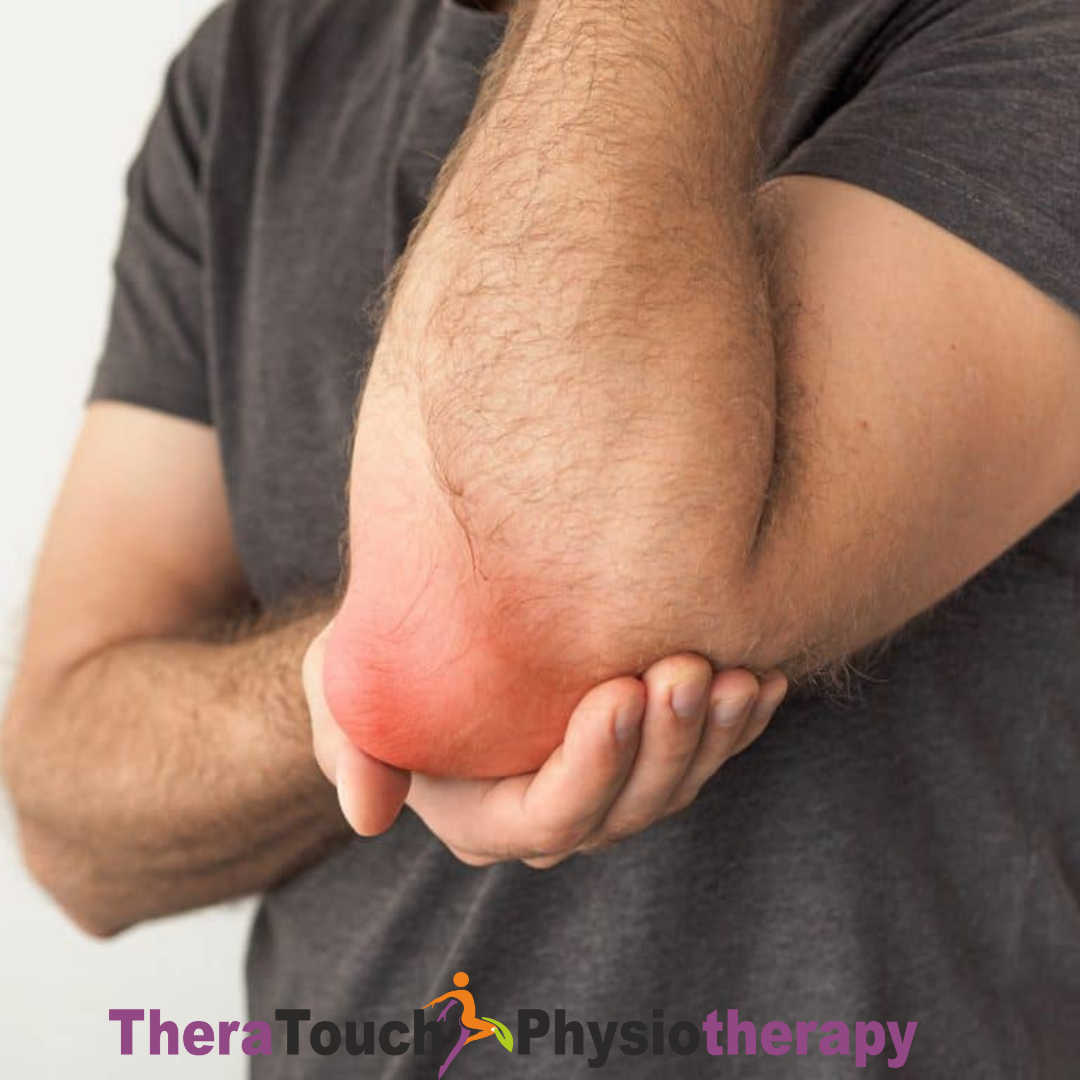When it comes to Pelvic Floor Dysfunction, most people suffer in silence, and many experience symptoms without realizing that pelvic floor physiotherapy can help them. As a pelvic floor physiotherapist, I strongly believe and recommend that every woman with pelvic floor dysfunction, especially pregnant women and new moms, should have access to pelvic floor physiotherapy.
Whether you’re dealing with postpartum recovery, pelvic pain, or other pelvic floor issues, finding the right pelvic floor physiotherapist can make a significant difference in your health and well-being. Ottawa, with its vibrant healthcare community, offers numerous options.
However, Consider These Facts:
Pelvic Floor Physiotherapy is a specialty.
Not all physiotherapy clinics offer pelvic floor physiotherapy.
There are not many pelvic floor physiotherapists.
Not all pelvic floor physiotherapists provide the same quality care.
Choosing the right pelvic floor physiotherapist requires careful consideration to ensure you receive the best care possible.
With that said, let’s delve into a step-by-step guide to assist you in finding a good pelvic floor physiotherapist in Ottawa.
1. You Have to Understand Your Needs
Before starting your search, it’s essential to understand why you need a pelvic floor physiotherapist. Are you recovering from childbirth, experiencing pelvic pain, or dealing with incontinence, among other symptoms? Did your physician recommend that you see a pelvic floor physiotherapist? Whatever the reason may be, it is very important to identify your specific needs. This is a crucial step in finding a physiotherapist with the appropriate expertise.
2. Ask for Recommendations
I understand that pelvic floor dysfunction is a sensitive topic. However, one of the best ways to find a reliable pelvic floor physiotherapist in Ottawa is through word-of-mouth recommendations. Ask your family, friends, or colleagues if they know any reputable specialists. Additionally, your primary care doctor or gynecologist can provide referrals based on your medical history and specific needs.
3. Check Credentials and Experience
Once you have a list of potential physiotherapists, check their credentials. Ensure they are licensed in good standing by the College of Physiotherapists of Ontario, which regulates the practice of physiotherapists in Ottawa and throughout Ontario. Also, consider their years of experience and any specializations they may have. For pelvic floor issues, look for physiotherapists with specialized training and certification in pelvic health.
4. Google Can Be a Good Friend! Search Online, Read Reviews and Testimonials
Time to roll up your sleeves and start digging! Genuine online reviews and testimonials can offer valuable insights into a physiotherapist’s reputation and the quality of care they provide. Take the time to read Google Reviews and check their social media pages. Some websites like RateMDs and Healthgrades also allow patients to share their experiences. Look for consistent positive feedback, especially regarding professionalism, treatment effectiveness, and patient care.
5. Consider the Location and Accessibility
Choosing a clinic that is conveniently located can significantly impact your treatment consistency. Look for a physiotherapist whose clinic is easily accessible from your home or workplace. However, if you have to go out of your way to see a good one, then the trip will be worth it. Consider the availability of parking, public transport options, and whether the clinic’s hours align with your schedule. But don’t forget, health is wealth, and we have to make sacrifices and choices when it comes to our well-being.
6. Request a Free Phone Consultation if You Have Questions or Concerns Before Your Initial Assessment
Although some questions cannot be answered unless you see a pelvic floor physiotherapist for an assessment, there is absolutely nothing wrong with booking a Free Phone Consultation to ask questions to empower your decision-making if you have to. Ensure that you have ample information to make informed choices about your treatment. You are putting your well-being, recovery etc. in the hands of a pelvic floor physiotherapist. You do not want to run into surprises or spend your assessment and treatment time asking some questions or getting information that could be acquired through a free phone consultation with your pelvic floor physiotherapist.
I personally recommend and encourage free phone consultations or discovery calls to answer questions. There is nothing wrong with dedicating 15 minutes to that phone call.
7. Understand Costs and Insurance Coverage
Cost is indeed a significant consideration for many when selecting a pelvic floor physiotherapist. It’s essential to inquire about the fees for both initial assessments and follow-up sessions. Additionally, check if the clinic accepts your insurance and understand what costs are covered under your plan. Some clinics may offer direct billing to your insurance provider, simplifying the payment process.
It’s worth noting that while cost is important, cheaper doesn’t always equate to better or premium care. Some pelvic floor physiotherapists may go above and beyond in their services, and this may be reflected in their pricing, whether it’s slightly higher or lower. It’s essential to assess the overall value and quality of care offered rather than solely focusing on the price.
8. Assess Communication and Comfort Level
The term “therapist” in the word “physiotherapist” underscores the importance of the therapeutic relationship in your treatment journey. Your bond with your physiotherapist is crucial for successful outcomes. During your initial consultation, take note of how comfortable you feel discussing your health concerns with them.
A good physiotherapist should exhibit patience, empathy, and a willingness to address all your questions and concerns. Effective communication is key to ensuring that you comprehend your treatment plan and feel assured in the care you’re receiving. Should you feel uncomfortable with any aspect of your treatment, do not hesitate to communicate with your pelvic floor physiotherapist.
For instance, during an examination or initial assessment, your physiotherapist should provide guidance and instruct you on specific movements, keeping you informed about each step. While it’s crucial for a manual internal pelvic floor evaluation to be conducted to ensure accurate assessment and treatment, it is equally important to note that such an evaluation should only proceed with your informed consent. If you feel uneasy, a reliable and trusted pelvic floor physiotherapist will accommodate your preferences and devise a personalized treatment plan accordingly.
9. Inquire About Treatment Plans and Techniques
Different physiotherapists may use various techniques and approaches. Inquire about the treatment plans and methods they typically use. For pelvic floor therapy, common techniques may include manual therapy, biofeedback, pelvic floor exercises, and education on lifestyle modifications. Ensure their approach aligns with your comfort and preference.
10. Assessing Clinic Facilities and Equipment
Evaluating the clinic’s facilities and equipment is crucial for effective pelvic floor physiotherapy treatment. Take note of the cleanliness, ambiance, and the variety of equipment available. A well-equipped clinic can provide diverse treatment options and ensure comprehensive care..
11. Intuition Matters
Finally, trust your instincts. After meeting with potential physiotherapists and visiting clinics, you’ll likely have a gut feeling about where you feel most comfortable. Choose a pelvic floor physiotherapist who not only meets the technical and professional criteria but also makes you feel confident and supported in your journey to better health.
Conclusion
Finding the right pelvic floor physiotherapist in Ottawa requires a bit of research and legwork, but the effort is well worth it. By following these steps, you can ensure that you choose a skilled, experienced, and compassionate physiotherapist who can help you achieve your health goals. A good pelvic floor physiotherapist is not just a healthcare provider but a partner in your journey to wellness.
Finding a trusted pelvic floor physiotherapist is just the first important step in your recovery journey. You need to work together with your physiotherapist to achieve optimal health and recovery. This includes adhering to professional advice, dedicating time to do your exercises, being consistent with appointments, and communicating about your progress and concerns.
Thank you for reading. I hope you found this guide helpful in your journey to finding the right pelvic floor physiotherapist in Ottawa.
Author: Laudina Ahiable, MScPT
Registered Physiotherapist | Pelvic Floor Physiotherapist










